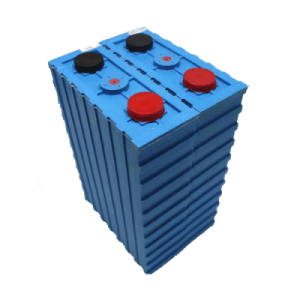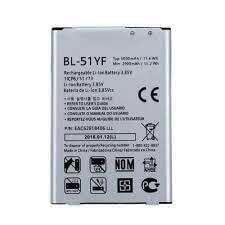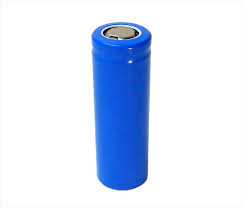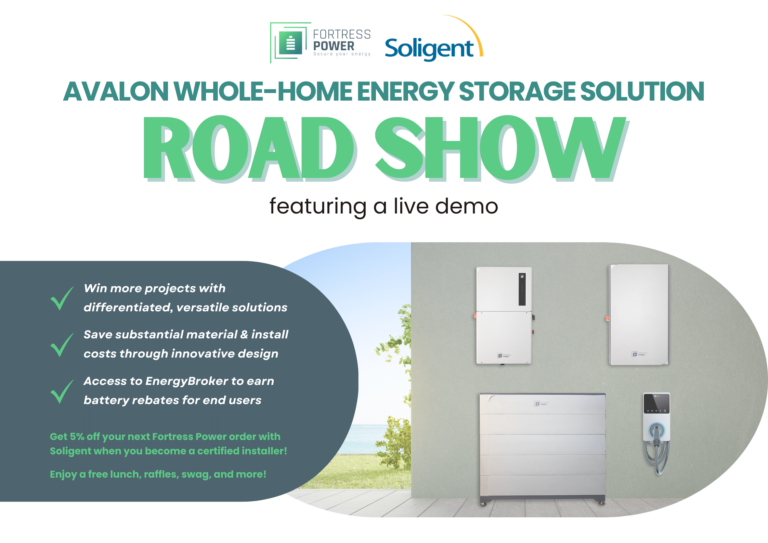


6 Questions to Ask When Choosing Battery Storage for Your Solar Power System
Choosing the right lithium battery storage solution for your solar power system has never been more important.
More frequent, intense storms have led to more power outages, which means you rely on backup power more than ever. In states where you can’t sell excess energy back to the grid, you need to be able to store that energy and use it to power your home. In states like California where utilities charge a time-of-use rate, the right battery storage system can discharge power during peak times so you don’t have to pay higher rates from the utility company.
You need to choose a reliable lithium battery storage system that suits your specific requirements. While you don’t want to overpay for capacity you don’t need, you also have to be careful to avoid shortchanging yourself.
Make the right choice and you’ll see a high return on your investment. Make the wrong choice and you could be stuck with a system that doesn’t meet your expectations. The answers to these six questions will help you make an informed decision.
1) How frequently does my battery storage cycle each month?
A lithium battery offers more than 3,000 cycles compared to just 500-1,000 cycles for lead acid batteries. If you need more than 10 cycles per month, or 120 cycles per year, lithium can save you up to 70 percent in energy costs. A system programmed for self-supply or time-of-use cycles every day, making a lithium iron phosphate battery, which delivers 6,000 cycles, your most cost-effective option.
Even if your energy storage system cycles less than 10 times per month, lithium batteries come with a 10-year warranty. If your budget allows, lithium is the safer investment than lead acid batteries, which typically offer a warranty of just two to five years. For more information, check out our blog article on how to calculate the energy cost of different battery chemistries.
2) How much energy does my home consume each day?
For battery backup systems or off-grid application, 24-hour energy consumption of the circuits can be calculated on the backup load panel. The battery bank you select should be able to supply power for 24 hours at the very least. The bigger the battery bank, the more autonomy you have.
If your goal is to avoid high electricity costs by having your solar storage system self-supply your entire home load, the battery bank you choose should be big enough, at minimum, to power your home through the night. If your utility company uses a time-of-use rate, a review of previous electric bills will show your peak usage so you can choose the right-size battery bank.
3) Is the battery safe?
There are two main types battery chemistries used for energy storage applications – lithium iron phosphate (also called lithium ferro phosphate or LFP) and lithium nickel manganese cobalt (also called NMC or lithium ion).
Lithium iron has excellent thermal stability. A cobalt-based lithium ion battery, however, has poor thermal stability. This increases the risk of thermal runway, which can cause the battery cell to overheat, smoke, and even catch fire.
4) What cell type is used in the battery bank and how are cells wired together?
There are three types of battery cell – cylindrical, prismatic, and porch.
Thanks to their small size, cylindrical cells can be easily grouped together to form different battery bank sizes. However, cylindrical cells are heavy and provide low power density and slow heat dissipation.
Porch cells are ideal for consumer products, such as phones, because of their lighter weight and higher power density. Unfortunately, porch cells are difficult to wire together and deliver the poorest thermal stability. LG Chem RESU series batteries use porch cells.
In addition to having the lowest material degradation rate, highly durable Prismatic cells have a large capacity, which means you’ll need far fewer cells to form a 48-volt battery bank.
For example, only 16 battery cells are wired together in a Fortress Power eFlex 5.4, which uses cell-to-pack architecture to simplify the wiring process and improve reliability. Companies like Tesla, Panasonic, Simpliphi, and Discover use a few hundred cylindrical cells, which increases the complexity of the battery.
5) What type of Battery Management System (BMS) is used and how well does it communicate with inverters?
MOSFET (Metal-Oxide-Semiconductor Field-Effect Transistor) BMS is more widely used in batteries because of its low cost. However, a sudden increase in consumption load or solar production can cause the inverter/charger to overpower the MOSFET, which increases the risk of short circuits and failure.
As companies place more emphasis on quality than low price, we’re seeing a shift to relay-based BMS. At Fortress Power, we build large, solid-state relays into the BMS to support the inverter/charger’s large charge and discharge power.
The best way to ensure seamless operation of your energy storage system is to establish the data communication between the inverter/charger and the battery. The battery BMS reports state of charge (SoC), voltage, current, and temperature to the inverter/charger. Analysis of these metrics makes it possible to adjust settings and schedule proactive maintenance to optimize battery performance and extend the life of your system.
6) In what environment does my energy storage system operate?
If you want to maximize the battery lifespan and system efficiency, your energy storage system should be installed in a temperature-controlled room. If you have to place the unit in the garage or outdoors, avoid charging the battery below 32 degrees Fahrenheit (0 degrees Celsius) and exposing the battery to direct sunlight.
Our engineers have created an aluminum cabinet with an IP 65 waterproof rating for the Fortress Power eFlex 5.4. This sleek-looking enclosure:
- Reduces the impact of extreme temperatures on the battery.
- Protects the battery from moisture and saltwater corrosion.
- Delivers five times better thermal performance.
Questions? Fortress Power can help.
At Fortress Power, we believe safety, durability, connectivity, and affordability are critical to helping millions of homes across the world to achieve power independence. We also understand that battery storage for solar power systems can get pretty technical and seem overwhelming.
Don’t worry. That’s why we’re here.
The Fortress Power team is happy to answer your questions and provide the information you need to make an educated decision. Contact us today to learn how you can maximize the return on your energy investments.









